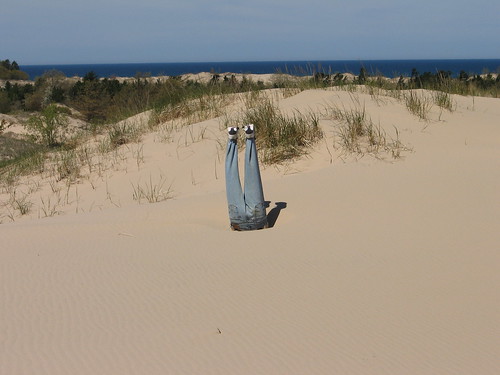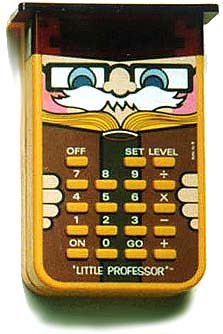Smith v. WCAB (California Youth Authority) – Oral Arugment 4-7-2009

Just when you thought things couldn’t get any crazier in workers’ compensation than Ogilvie, Almaraz/Guzman, Benson, and XyzzxSJO2. Yesterday I found out that on April 7, 2009 the case of Smith v. WCAB (California Youth Authority) is on calendar for oral argument. As with Almaraz/Guzman, Smith v. WCAB dealt with similar legal issues across two particular workers’ compensation cases. In case you missed it, here’s the court of appeal decision:
Smith involved an informal denial of medical treatment without a formal petition to terminate medical care under L.C. 4607, after an award of permanent disability. Eight years after Smith’s award, SCIF refused to authorize epidural injections. Smith’s attorney sought utilization review, Smith was reexamined by the AME who said the injections were necessary to relieve from the effects of the industrial injury. Although SCIF then authorized the injections without the need for a hearing, Smith’s attorney sought fees under L.C. 4607.
The WCJ denied Smith’s attorney’s petition for fess since there was no formal petition to terminated medical care. The WCAB denied reconsideration on the grounds that SCIF’s was not denying all medical treatment.
Amar is substantially similar to Smith, except that in Amar the workers’ compensation judge took the extra step of opining that SCIF’s denial of medical treatment was made in good faith, not unreasonable, and not improper.
However, the 2nd Appellate Court reversed the WCAB in Smith and Amar, stating in relevant part:
“We see no difference when a carrier informally denies some of the treatment that is a necessary part of medical care previously awarded. This is tantamount to a petition to deny medical care even though the carrier continues to provide treatment for some of applicant’s medical care.”
“Insurance carriers who fail to provide previously awarded medical care may not avoid attorney fees to successful applicants’ attorneys through the expedient of an informal denial, even when they do so in good faith.”
I would love to watch the oral argument on this case – but Los Angeles is a bit of a hike for me. ((I last watched oral argument on the Mt. Diablo Unified School District v. WCAB (Rollick) case back on 8/5/2008. It was particularly interesting for me since I was familiar with the applicant attorney, defense attorney, and facts of that case. If nothing else, its always fun to watch judges get snarky.)) I am very very interested to see how this case shakes out.




